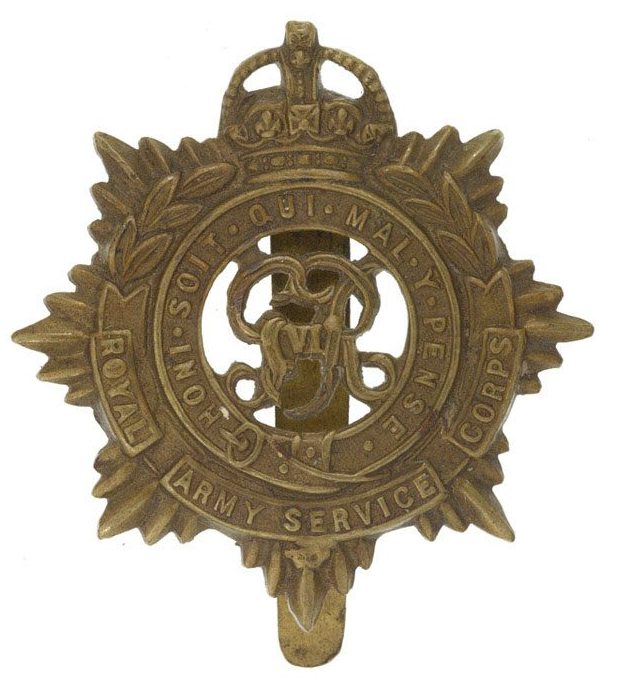Personal Details
Born: 24 November 1897 in Whitchurch, Shropshire.
Family: He was the eldest of seven children born to John Speed, a builder’s labourer, and his wife Martha. He married Ada E Davis in 1918 in Braintree, Essex and together they had seven children – Ronald J, Kenneth A, Eric S, Joyce A, Arma D, John and Douglas B.
Residence: In 1901 he was living in Chemistry, Whitchurch with his family; by 1911 they had moved to 39 Newtown, Whitchurch which was the address for him on the 1919 Absent Voters’ Register. In 1939 he was living at Copes Cottage, Church Street, Braintree.
Employment: In 1939 he was a bricklayer.
Died: In 1982 in Braintree.
Military Details
Regiment: Royal Army Service Corps (previously South Lancashire Regiment and King’s Shropshire Light Infantry)
Rank: Private
Service Number: T/387022 (previously 31125 and 4272)
Date of Enlistment: 1 November 1915
Date of Discharge: 10 September 1919
Reason for Discharge: Sickness
Other Information: His father, John Speed, also served in WW1.
John was awarded the Campaign Medals (British War Medal and Victory Medal) and Silver War Badge (number 457916)

The British War Medal (also known as 'Squeak') was a silver or bronze medal awarded to officers and men of the British and Imperial Forces who either entered a theatre of war or entered service overseas between 5th August 1914 and 11th November 1918 inclusive. This was later extended to services in Russia, Siberia and some other areas in 1919 and 1920. Approximately 6.5 million British War Medals were issued. Approximately 6.4 million of these were the silver versions of this medal. Around 110,000 of a bronze version were issued mainly to Chinese, Maltese and Indian Labour Corps. The front (obv or obverse) of the medal depicts the head of George V. The recipient's service number, rank, name and unit was impressed on the rim.
The Allied Victory Medal (also known as 'Wilfred') was issued by each of the allies. It was decided that each of the allies should each issue their own bronze victory medal with a similar design, similar equivalent wording and identical ribbon. The British medal was designed by W. McMillan. The front depicts a winged classical figure representing victory. Approximately 5.7 million victory medals were issued. Interestingly, eligibility for this medal was more restrictive and not everyone who received the British War Medal ('Squeak') also received the Victory Medal ('Wilfred'). However, in general, all recipients of 'Wilfred' also received 'Squeak' and all recipients of The 1914 Star or The 1914/1915 Star (also known as 'Pip') also received both 'Squeak' and 'Wilfred'. The recipient's service number, rank, name and unit was impressed on the rim.

The Silver War Badge was issued in the United Kingdom and the British Empire to service personnel who had been honourably discharged due to wounds or sickness from military service in World War I. The badge, sometimes known as the "Discharge Badge", the "Wound Badge" or "Services Rendered Badge", was first issued in September 1916, along with an official certificate of entitlement.

